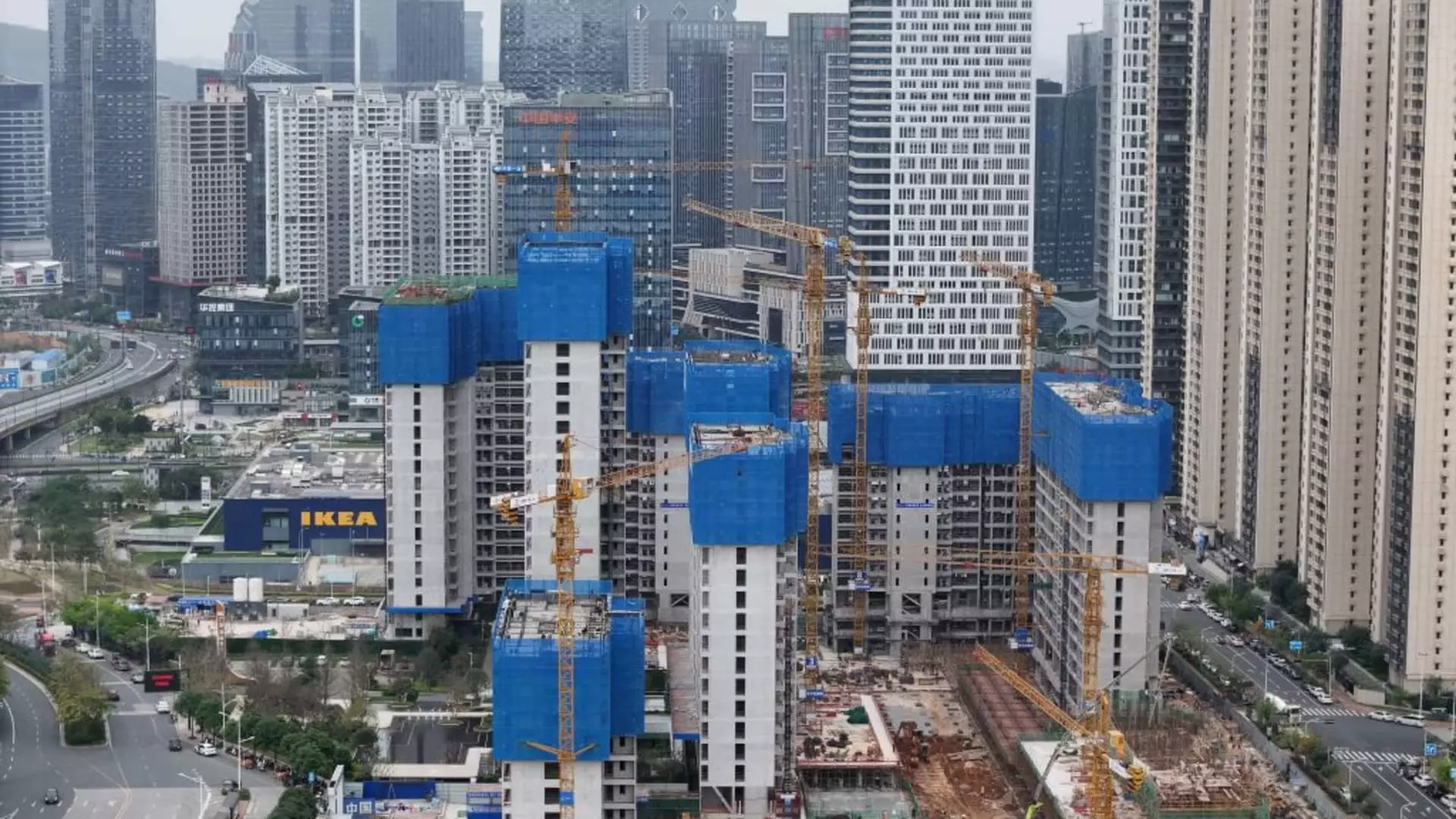China’s fiscal stimulus strategy has been a topic of discussion among analysts and economists. According to S&P Global Ratings senior analyst Yunbang Xu, the effectiveness of China’s fiscal stimulus is diminishing, and it is being viewed more as a strategy to buy time for industrial and consumption policies rather than a long-term solution.
The analysis by S&P Global Ratings used growth in government spending as a measure of fiscal stimulus. The report suggests that fiscal stimulus is merely a buy-time strategy that could potentially have some longer-term benefits if the focus is on reviving consumption and industrial upgrades that increase value-add. With China setting a target of around 5% GDP growth this year, many analysts are skeptical about the achievability of this goal given the level of announced stimulus.
Despite the intentions behind the fiscal stimulus, high debt levels pose a significant challenge to its effective implementation. The S&P report highlights that local governments face constraints due to debt levels, regardless of whether they are located in high or low-income regions. The disparities in public debt as a share of GDP vary widely, ranging from 20% for high-income cities like Shenzhen to 140% for low-income cities like Bazhong in southwestern Sichuan province.
Recognizing the constraints posed by high debt levels and the diminishing effectiveness of fiscal stimulus, local governments are expected to shift their focus towards reducing red tape and improving the business environment. The aim is to support long-term growth and living standards by creating a more conducive environment for businesses to thrive.
The report also mentions a drastic slowdown in the property sector, making investment less effective in driving economic growth. While fixed asset investment picked up pace in March compared to the first two months of the year, investment in infrastructure slowed down, and real estate investment dropped further. The Chinese government has announced plans to bolster domestic demand through subsidies and incentives for equipment upgrades and consumer product trade-ins.
Looking ahead, S&P expects industry, consumption, and investment to remain key drivers of growth in China. Higher-tech sectors are anticipated to continue driving China’s industrial upgrade and anchoring long-term economic growth. Despite the challenges and limitations surrounding fiscal stimulus, there is optimism about the potential benefits of focusing on industry, consumption, and investment as drivers of economic growth.
While China’s fiscal stimulus strategy may be losing its efficacy, there are opportunities for refocusing efforts on sustainable and long-term growth drivers. By addressing the challenges posed by high debt levels and diminishing returns on investment, China can create a more resilient and conducive environment for economic growth. It is essential for policymakers to adapt their strategies in response to changing circumstances and prioritize initiatives that support sustainable growth and development.

